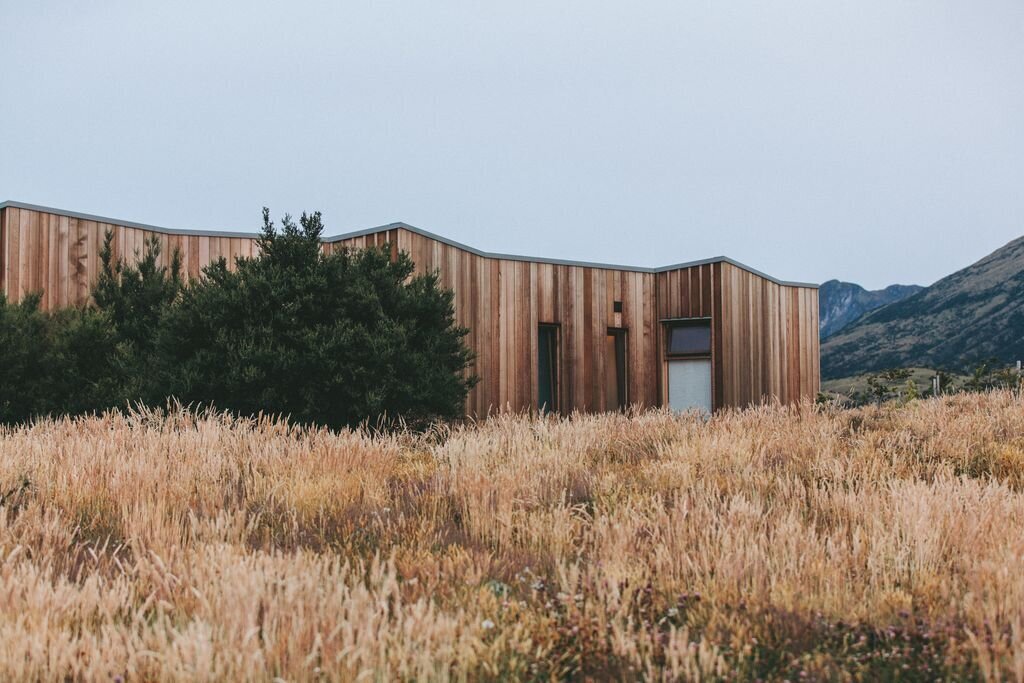
Orange of Goodness
Goodness
Not just refraining from bad — Also doing good
Watermelon of Faith
Grapes of Peace (He is the Vine, we are the branches - rest for our souls)
Honeydew of Kindness
Strawberries
Fruit Description
Orange Color — Reflecting the (Yellow) Light of God & the (Red) Love of God
Parts - Protective Covering (Have to be willing to share life with others - If we don’t peel back the outer layer, we will taste bitter rather than the sweet juices) Peel – Protective covering needs to be peeled back (so that we can feed others without tasting bitter)
Connective Tissue – Our humanity (Can’t be removed, we’re not going to be perfect, shouldn’t expect of ourselves or others)
Segments – Parts of our identity help us to relate to others (Made up of individual experiences)
Seeds – Bad things, we’d get rid of if we could (But they help us to relate to and reach others)

